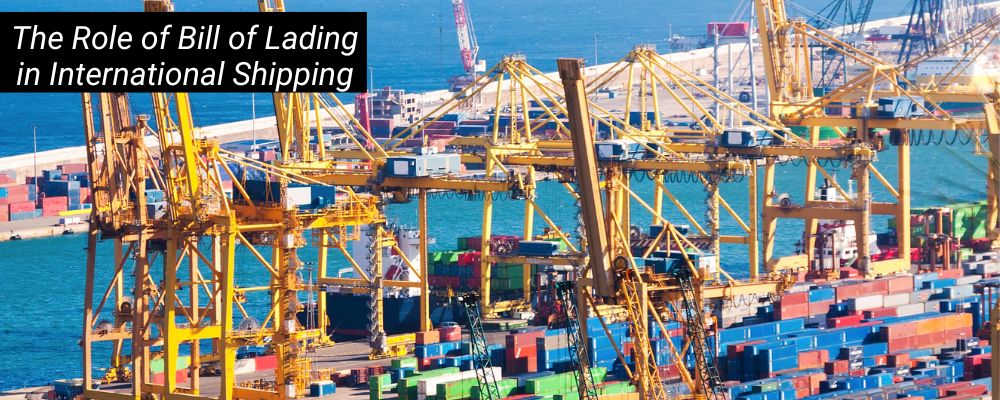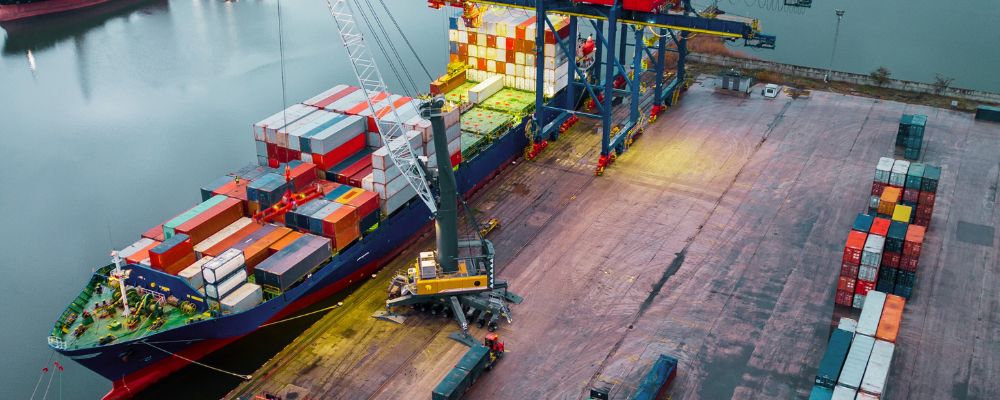
In today’s globalized world, international trade plays a crucial role in the economic development of nations. One key aspect of this trade is the transportation of goods across borders. To facilitate this process, various documents and agreements are involved to ensure smooth and efficient delivery. One such important document is the Bill of Lading (B/L)
So, what exactly is a Bill of Lading?
In simple terms, it is a legal document that serves two primary functions: notification of shipment and receipt for cargo. It acts as proof that goods have been received by the carrier for shipment and specifies the terms and conditions under which they will be transported.
To understand its significance, let’s delve deeper into how it works and who are the key players involved.
1. The Exporter: The exporter initiates the shipping process by engaging an agent called an expediter who handles all logistics related to exporting goods.
2. The Importer: On the other end, we have importers who purchase these goods from exporters.
3. Expeditor/Freight Forwarder: This intermediary between exporters and importers takes care of documentation, transportation arrangements, customs clearances, etc.
4. Carrier/Shipping Line: They provide vessels or shipping services to transport goods from one port to another.
Now let’s look at how B/L comes into play during an international shipment:
1. Issuance by Exporter: Once the vessel departs from the port with cargo on board, a bill of lading is issued by either the carrier or their agent on behalf of them (usually freight forwarders). This document acknowledges that they have taken possession of goods for shipment.
2. Payment Confirmation: Before issuing B/L to importer/buyer at destination port via courier service like FedEx/DHL/UPS/etc., exporter/seller confirms that the payment has been received from the buyer (importer). This ensures that the exporter is not at risk of non-payment.
3. Arrival at Destination Port: Upon arrival of the vessel at the destination port, a new set of players come into play – importers, local freight forwarders/expeditors, and customs authorities.

4. Delivery Order Issuance: The local expediter in the importing country issues a Delivery Order (D/O), which serves as an instruction to release cargo to the importer upon presentation of B/L. The D/O can only be obtained by surrendering or exchanging it with B/L.
5. Cargo Release: With D/O in hand, importers can now claim their goods from the port authorities by presenting both D/O and B/L copies along with other necessary documents such as invoices and customs declarations.
It’s important to note that possession of a valid Bill of Lading grants control over goods’ ownership during transit until they reach their final destination. Therefore, losing or misplacing this document can lead to complications and delays in claiming your cargo.
In addition to its primary function as a receipt for cargo and proof of shipment, Bill of Lading also plays a vital role in financial transactions between exporters and importers:
1. Control Over Shipment: By withholding or releasing B/L only after receiving full payment for goods sold, exporters mitigate risks associated with non-payment.
2. Risk Management: Exporters have leverage when dealing with international buyers by ensuring that payments are cleared before handing over control through B/L exchange.
3. Legal Protection: In case disputes arise regarding damaged or lost cargo during transit, having a properly endorsed bill of lading helps establish liability between parties involved.
4. Trade Financing Tool: Banks often rely on bills of lading as collateral when providing financing options like letters-of-credit to support trade transactions.
